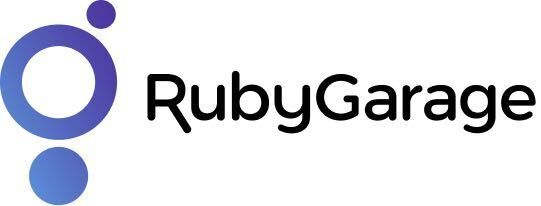161 reads
Functional Testing Service: How to Ensure a Smooth User Flow
by
March 6th, 2022
Audio Presented by

We have strong technology consulting and development experience and employ more than 150 in-house specialists.
About Author
We have strong technology consulting and development experience and employ more than 150 in-house specialists.